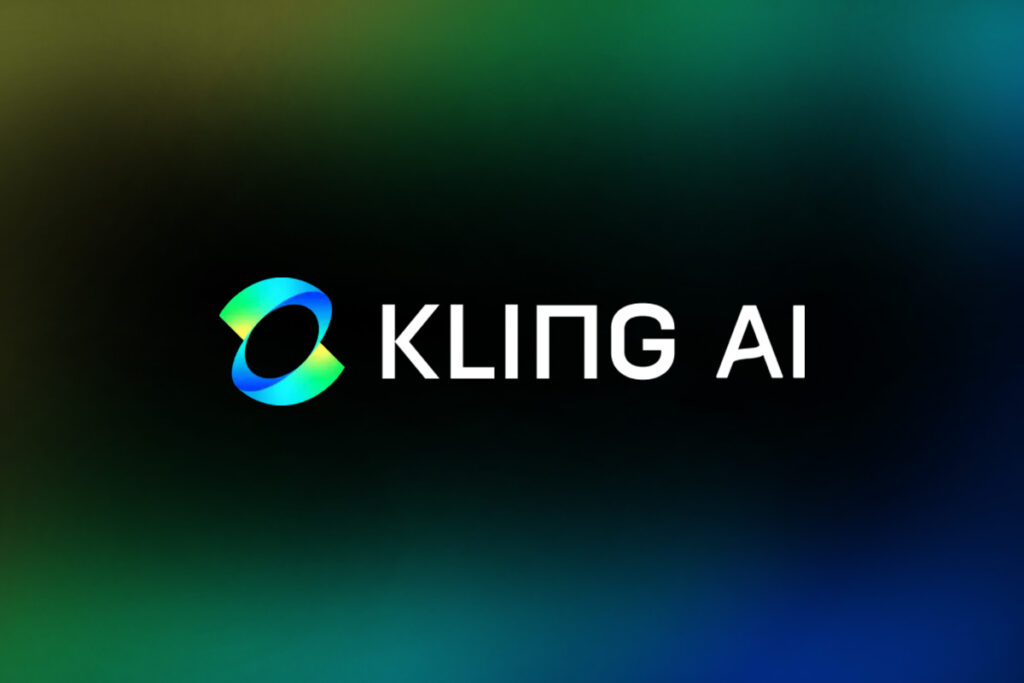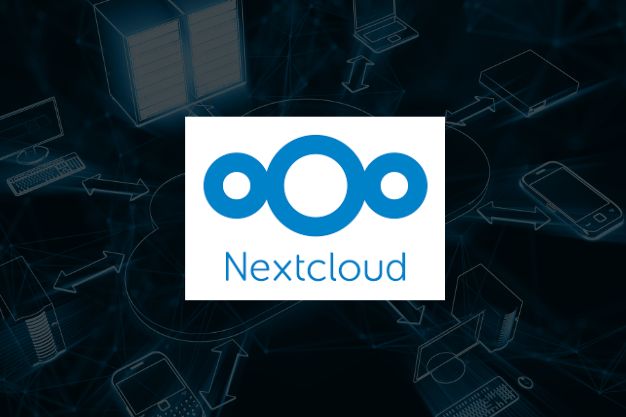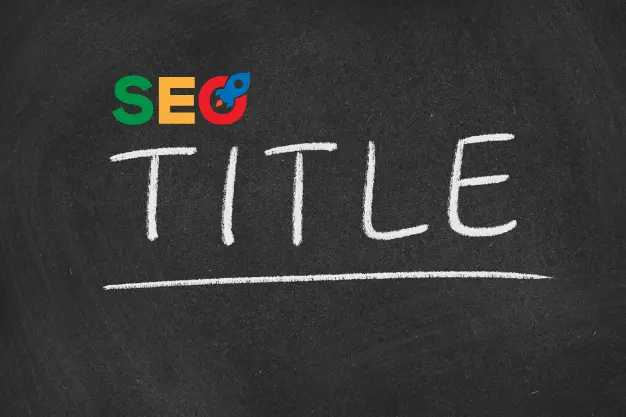In today’s fast-changing web development world, conventional methods are being reimagined to satisfy increasing needs for speed, adaptability, and cross-platform compatibility. Leading this transformation is headless WordPress architecture, a development approach that’s changing how companies utilize the world’s most widely-used content management system (CMS).
Understanding Headless WordPress: Decoupling for Freedom
Headless WordPress marks a basic change in website construction and content delivery methods. Traditional WordPress setups tightly link the backend (content creation area) with the frontend (user-visible interface). The headless method splits these parts, letting each work separately.
This setup uses WordPress solely as a content hub and API source, managing content creation, users, and data storage. The visual layer—what visitors see and use—is built independently using modern JavaScript tools like React.js, Vue.js, Next.js, or Angular.
This division creates remarkable flexibility: developers craft highly efficient, responsive interfaces while content teams keep working in WordPress’s well-known dashboard. These components connect through WordPress’s REST API or GraphQL, which function as communication channels delivering content to any front-end system.
Why Businesses Are Making The Switch
Key advantages include:
1. Performance Breakthroughs
Fast websites are now business-critical. Headless setups deliver this through:
- Less server burden through static generation and CDN delivery
- Smart loading techniques from JavaScript frameworks
- Smaller data transfers between API and frontend
The shift represents a practical response to changing customer expectations.
2. Enhanced Security Posture
Traditional WordPress security issues are minimized with headless setups by:
- Smaller attack footprint: The public frontend stays separated from admin areas.
- Better access rules at the API level.
- Compartmentalized systems where problems in one area don’t spread.
Companies dealing with private data or facing strict regulations find these protections especially worthwhile.
3. Omnichannel Content Delivery
What truly transforms headless WordPress is how it enables genuine omnichannel content strategies. A single WordPress installation can power:
- Web applications
- Native mobile apps
- E-commerce platforms
- Digital signage
- Voice assistants
- IoT devices
- AR/VR experiences
Create content once, then format and deliver it appropriately across each channel. This maintains consistency throughout customer touchpoints without requiring separate content repositories.
4. Developer Experience and Innovation
Cutting the cord from traditional WordPress themes unleashes frontend builders to create:
- Modern Development Practices: With today’s hottest tools, tech teams thrive.
- Specialized Expertise: Backend handles the content, and frontend crafts experiences. .
- Continuous Deployment: User-facing site is updated without affecting the content management system.
This separation of concerns speeds up the workflow.
Implementation Considerations
Weigh the pros against the real hurdles to decide if this modern approach truly fits:
Technical Requirements
Implementing headless WordPress typically requires:
- Strong JavaScript development capabilities
- API experience
- DevOps knowledge for managing multiple systems
- Hosting solutions for both WordPress and frontend applications
Content Creation Experience
The headless approach can affect how content creators work:
- Preview functionality becomes more complex
- WYSIWYG editing may be limited
- Custom fields and structured content become more important
Cost Implications
Organizations should consider:
- Potentially higher initial development costs
- Multiple hosting environments
- Specialized developer talent requirements
- Long-term maintenance considerations
The Future of Headless WordPress
Developers have created fresh solutions that make decoupled WordPress increasingly practical for everyday use:
- Headless-Specific Plugins: Tools like WPGraphQL and Advanced Custom Fields are evolving to support headless implementations.
- Preview Solutions: Services like Frontity and headless-specific plugins are improving content preview capabilities.
- Hosting Platforms: Specialized hosting solutions are emerging that understand the unique requirements of headless WordPress deployments.
Is Headless WordPress Right for Your Project?
Headless WordPress represents an ideal solution for projects requiring:
- Exceptional performance
- Complex interactive elements
- Multiple content delivery channels
- Integration with other systems and services
- Custom user experiences beyond traditional websites
For straightforward, simple websites, going headless might be overkill and more complicated than it needs to be.
“Headless WordPress” means having the power and organisation of WordPress combined with the speed and flexibility of the newest web tech. This combination makes websites that are fast, safe, and work great no matter how you view them. Applying this combination needs expertise.
At Voilawex, Kochi’s leading digital marketing agency, we don’t just follow this trend—we drive it. Our expert team brings bold ideas and technical mastery to help businesses embrace headless architecture and stay ahead in the digital race. Whether you’re launching something new or upgrading an existing site, we craft solutions that are future-ready and built to perform.
Let’s build something extraordinary. Reach out to us at +91 8129 837 086 or mail@voilawex.com.











